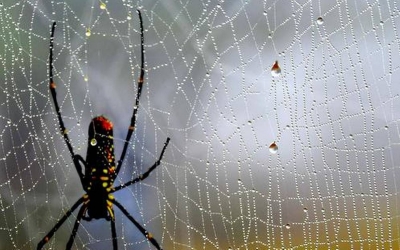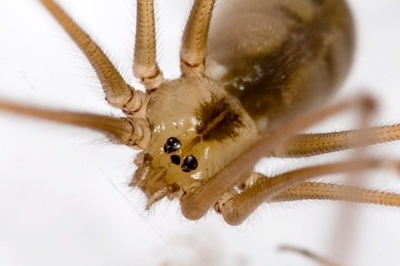There’s music in spider webs, say MIT researchers

Spiders are fascinating creatures. Master builders who expertly weave strands of silk into intricate webs, spiders use these both as their home and their hunting grounds. Human beings have been enthralled by the spider's ways and there have been many who have wished to enter the spiders world to learn more about web construction and arachnid behaviour.
Notes from the web
In April 2021, a group of researchers from Massachusetts Institute of Technology (MIT) along with collaborators at Studio Tomas Saraceno reported a way of translating the structure of spider's web into music. As spiders live in an environment of vibrating strings with different frequencies, which they use to sense the world around them, researchers decided to extract these rhythms of non-human origin and convert them to music.
In order to achieve their objective, a laser was used to capture the spider web. The 2D cross-sections thus obtained were then reconstructed into a 3D web network using the aid of computer algorithms. Next, different frequencies of sound were assigned to each strand of a web, thereby creating notes. These were combined based on the web's patterns to create melodies. By creating a harp-like instrument, the researchers then played the spider web music in a number of live performances around the world.
3D printing
Apart from the wow factor that such a research provides and the fact that it could act as musical inspiration as well, researchers have identified a number of other uses that might come in handy. After gaining insights into how spiders build their webs, the step-by-step knowledge could be used in constructing 3D printers that mimic these spiders and hence might be able to build complex electronic circuits.
Communication with spiders
Additionally, these experiments showed that an algorithm was able to correctly classify spider sounds into different activities, even though they sounded similar to human ears. This means that the time when human beings learn how to communicate with spiders in their own language may not be that far away!
Picture Credit : Google









